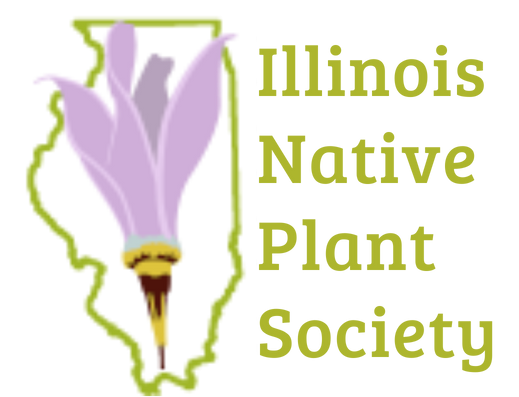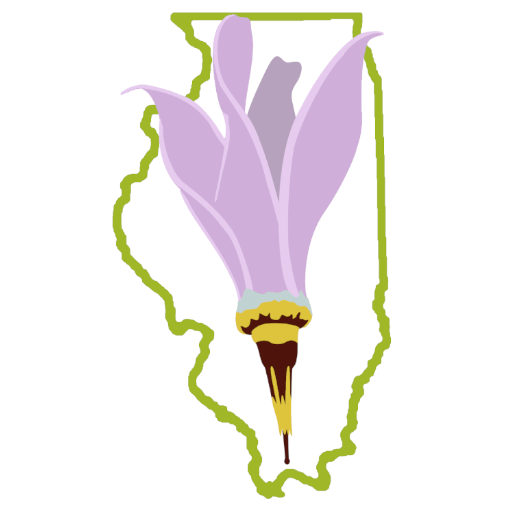Plant Profile and Peregrinations

For my birthday last summer I received a reprint of a book: “Flora von Bremen, Oldenburg, Ostfriesland und der Ostfriesischen Inseln.” It was published in 1936. Some old works still resonate, many do not. This one did. First the image on the cover piqued my curiosity—a line drawing of Rice Cut-grass [Leersia oryzoides]. Really! You really are a botanist and you only want to speak with other botanists. Otherwise, why not use the Ladies Slipper Orchid?
No wonder I had never heard of this book before. I did have a more narrowly focused flora of this extreme northwest corner of Germany published 10 years later whose co-author was well known to our family. He was our parish pastor. I visited his ‘Naturgarten’ many a time. Turns out that he had also been co-author of the above book. Of special value were the introductory chapters to which he also had contributed, detailing plant communities, geologic history and the ever growing influence of man. They made me think of similar such chapters in the “Plants of the Chicago Region” by Swink & Wilhelm and “The Natural Heritage of Illinois” by John Schwegman. Such information makes the field of botany come alive.
Intriguing were also the rather long lists of extirpated and threatened species. We were not the first ones to make such lists. The authors reflect on tremendous changes that had taken place on the land in previous decades and centuries and were expected to speed up in the future. How prescient. Their call then for preservation was heeded just as little as it is today. The “need of man” as it is perceived by society always takes precedence, and there go the last remnants. As an insurance adjuster opined after serious herbicide damage at a prairie remnant that I steward, “It’s just a bunch of weeds.”
Well, it is probably true that the site is no match for what it may have looked like. Let’s imagine it as not 10 acres but a thousand. Such a shrubby barrens community with expanses of Pink and Yellow Ladies Slipper Orchids was described by an early traveler in what was to become Terre Haute, Indiana. Ladies Slipper Orchids by the bushel were a staple at some of our early big city flower markets like Chicago. This being the holiday season these markets would have offered huge quantities of club-moss greenery in lieu of conifer boughs. We can’t even imagine such biological wealth today!
Here I go off on a tangent. Societies and their movers and shakers seldom take the long view. When we were in Copan, Honduras a few years back, a line of dump trucks were hauling gravel out of the river bed. That gravel had not come from far-away mountains but from adjacent hillsides. The ancient Mayans had exceeded the carrying capacity of the land. I am sure even then they knew better for they were a magnificent culture. Such over exploitation of natural resources has happened time and time again all over the world. The twins of avarice and ignorance still rule.
For more on such a broad subject you may enjoy reading “Cadillac Desert” [M. Reisner]; “Earth in the Balance” and “An Inconvenient Truth” [A. Gore]; “1491” and “1493” [C. Mann];plus several books by E. Abbey and Aldo Leopold. You may have other favorites. I am currently reading “The Art of Stacking Brush” by the always provocative and insightful author Wendell Berry. He is still an astute observer and has much to say about how we could live more responsibly on the land.
Rice Cut-grass – we share this species with the old country. You have encountered it and will always remember it if you have ever walked through a low, moist place in shorts. Your legs may have looked and felt like raw meat. What an interesting method to identify one of our less showy native species; almost as bad as learning to recognize Poison Ivy. Using a good plant book is certainly less hazardous! I do not recall coming across Rice Cut-grass back home. I left while still a teenager and just learning about such nondescript plant species. It was daunting, still is. Perhaps the local ecotype there was more benign or perhaps not as common. We share a number of other wetland species that also well known to most of us. Of these Reed Canary Grass, Phragmites and Purple Loose-strife have become serious invasive species for us. The native counterparts of the first two, where they still exist, are not invasive at all, but are even rare. Why do organisms that feed on a native species not utilize their non-native counterparts? It never ceases to amaze me how little we truly know about the natural world at our feet. The ‘Volunteer Stewardship Network’ exchange some time back gave a list of the subtle differences between the native and non-native Phragmites strains. You really have to admire serious taxonomists for such work.

